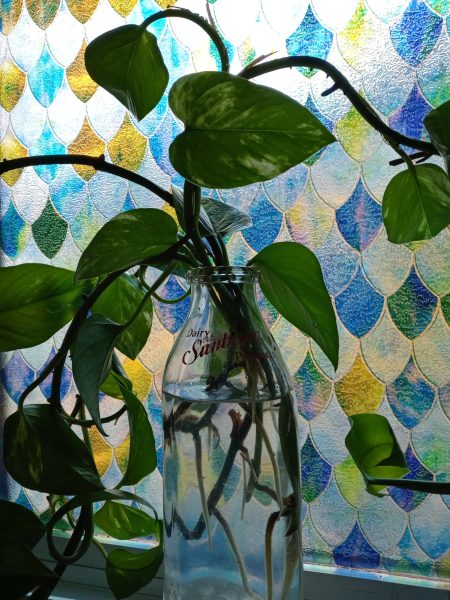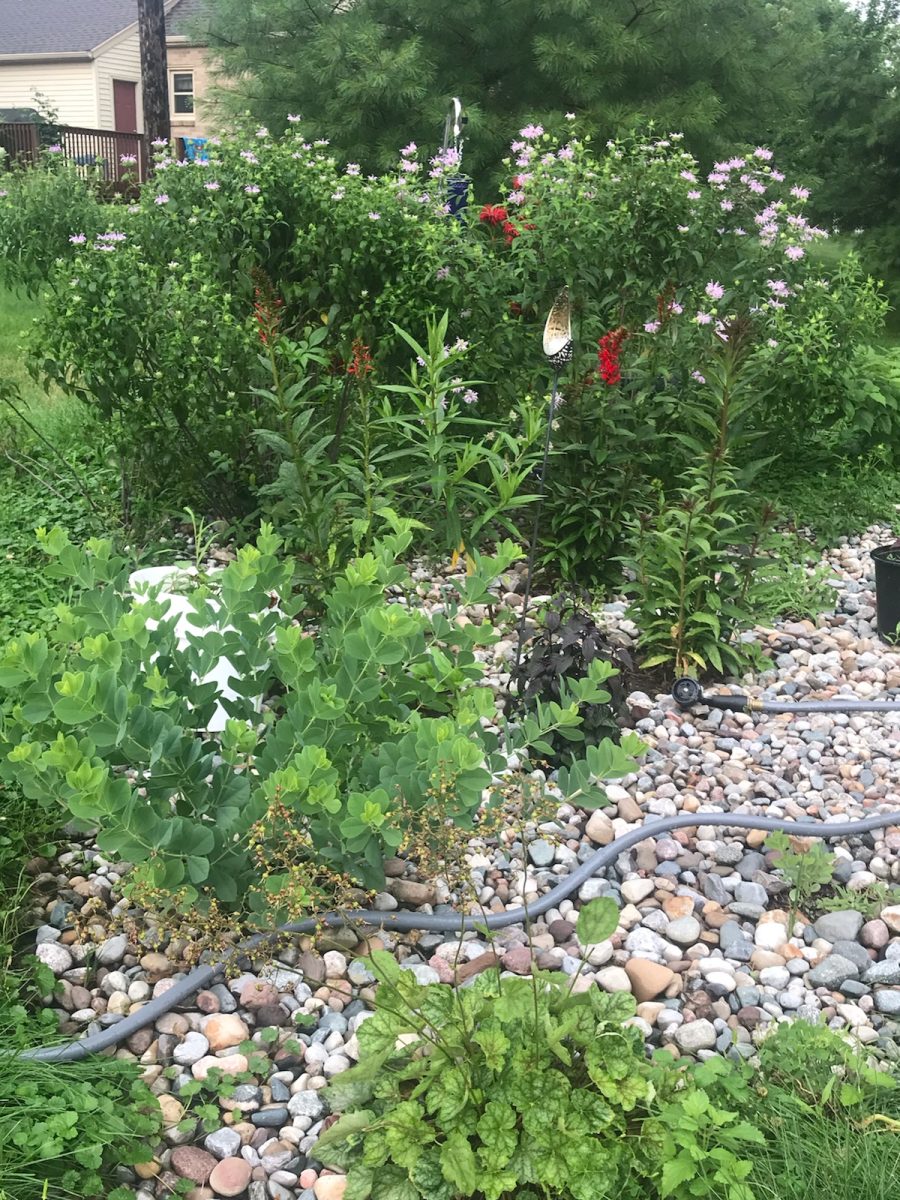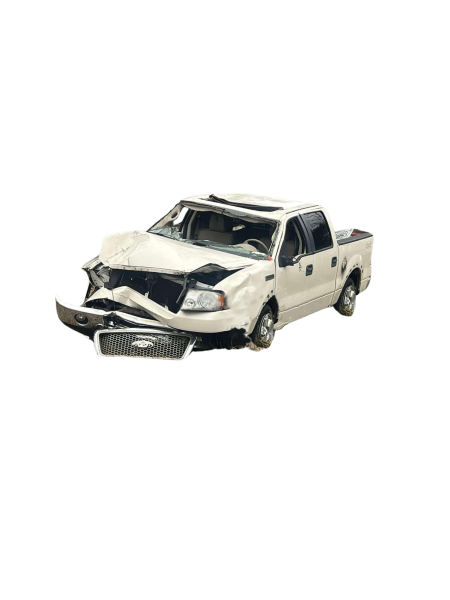Growing Green
Gardening in the community
Spring is finally here; The snow is starting to melt and the leaves on the trees are returning. For gardeners, this means that it’s time to start planning your garden. Gardening is not just an activity that some can participate in, it is a hobby that reaps many benefits and can be enjoyed by anyone.
Gardening is an easy physical activity that many people of all different ages participate in. According to a non-profit orginization, tending to your garden takes work which leads to many benefits including stronger heart and lung health, a decrease in high blood pressure, and it fights against obesity. Indulging in the sunshine while outside also generates more Vitamin D in your body. Vitamin D produces calcium in the body and helps boost your immune system.
This activity does not only have physical benefits but many mental perks as well. Gardening consistently can reduce the risk of getting Alzheimer’s and dementia. It also produces more serotonin and dopamine in your brain which are the hormones that make you happy. Watching your plants grow can also raise your self-esteem and sense of purpose.
Gardening can be super easy and has numerous mental and physical health benefits, not to mention the end result of your plants’ growth is rewarding in many different ways. Even if you don’t have a green thumb, gardening can be achieved as long as you care for your plants.
The benefits of gardening

Carter Mauter and Julie Shotwell both share their passion for gardening in their classrooms. Mauter and Shotwell have different styles of gardening.
Mauter uses plants creatively at his house in an outside garden. He uses native wildflowers to keep flooding in his yard and basement minimal. He also says that wildflowers are easier to grow.
“I like planting flowers, especially native ones, because you don’t have to take care of them as much,” said Mauter.
Indoor planting and grafting plants together are two hobbies that Julie Shotwell has. Plant grafting, or propagating, is when you take a cutting of two plants and grow them together into a new plant.
“I learned over the years that some plants propagate, so I always experiment when I’m trimming plants and just stick it in water,” said Shotwell.
Shotwell differs from Mauter as she finds that planting vegetables is easier than planting flowers. They both prefer ‘lazy’ planting, or plants that are low maintenance and are easy to keep alive. Plants that grow back every year are also a favorite.
Both teachers have advice for first time gardeners, people who think they don’t have a green thumb, and anyone who enjoys gardening.
“Do your research on the amount of sun and water your plants need. Pay attention to what you’re doing and keep up with it,” said Mauter.
“My best tip for anybody doing a new project is to go on Youtube and just look at the wisdom that’s out there,” said Shotwell. “There are so many knowledgeable, helpful people who post things and not everything is going to be a winner, but I have learned so much just by checking out something I’m curious about on Youtube.”
Basic gardening tips
 Sunlight
Sunlight
Sunlight gives plants the energy to grow but too much or too little can affect the life of the plant. The most important thing to do is look at the label of the seed or plant you are planting. It will usually say something like partial sun or full sun. This dictates the amount of sunlight your plant should receive every day. Full sun is around 6 hours of sunlight and partial sun is around 3 or 4. The amount of sunlight a certain spot gets is important to note when looking for a place to plant something.
 Watering
Watering
Watering your plants seems like one of the easiest things to do when starting a garden, but in reality it’s where people go wrong the most. Overwatering plants can lead to the destruction of its roots. Watering should be done only once or twice a week, depending on the plant type and age. You should water more often than this if the weather is hotter and drier than normal. The best way to tell if your plant needs watered is to investigate it; feel the topsoil and look to see if it is wet. If it is, don’t water it. If it isn’t, water until the soil is saturated.
 Soil
Soil
Using topsoil or compost will make the best soil for your plants that you can purchase. It is an easy way to give your seeds the best environment when growing something indoors in a potted plant. When working with soil straight from the ground, tilling is essential to make your plant grow. Tilling is the process of breaking up hard soil. Plants need oxygen, nutrients, and room for moisture to seep into their roots which makes tilling a necessity.
 Care
Care
Caring for your garden basically means to weed it. Weeding is not a fun activity people like to do, but ridding the invasive roots from your garden is essential to making it thrive. There are a couple ways to get ahead of the weeds: using mulch limits the amount of space that weeds can grow and weeding often makes the job easier in the long run. Garden hoes, picks, and cultivators are tools that make weeding effortless.

Alyssa VanHook is the creative editor for Uncaged and has been on staff for three years. She is vice president of the senior class and a member of student...






